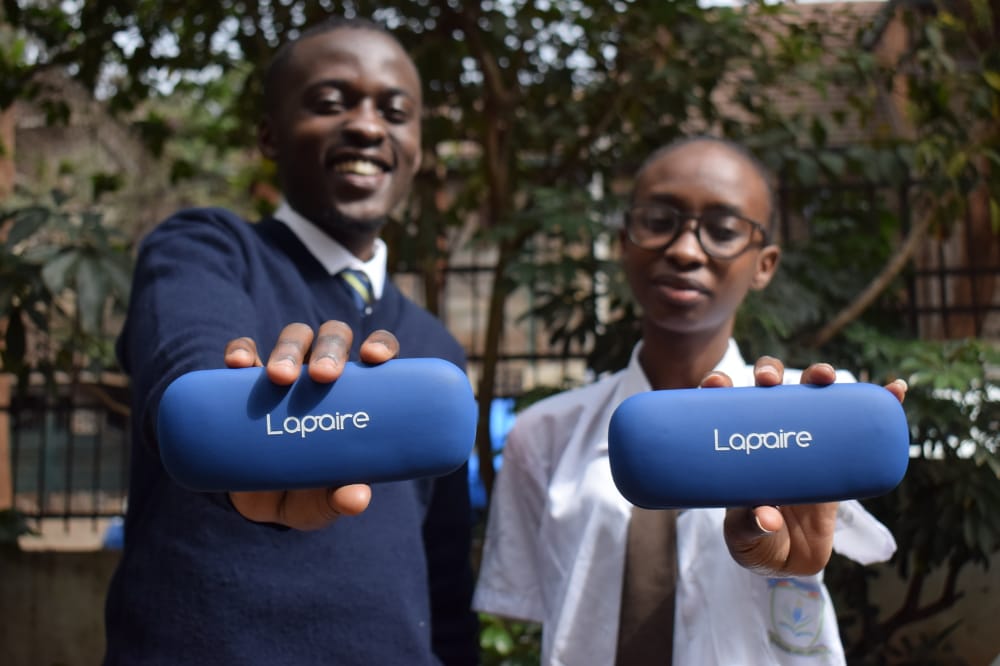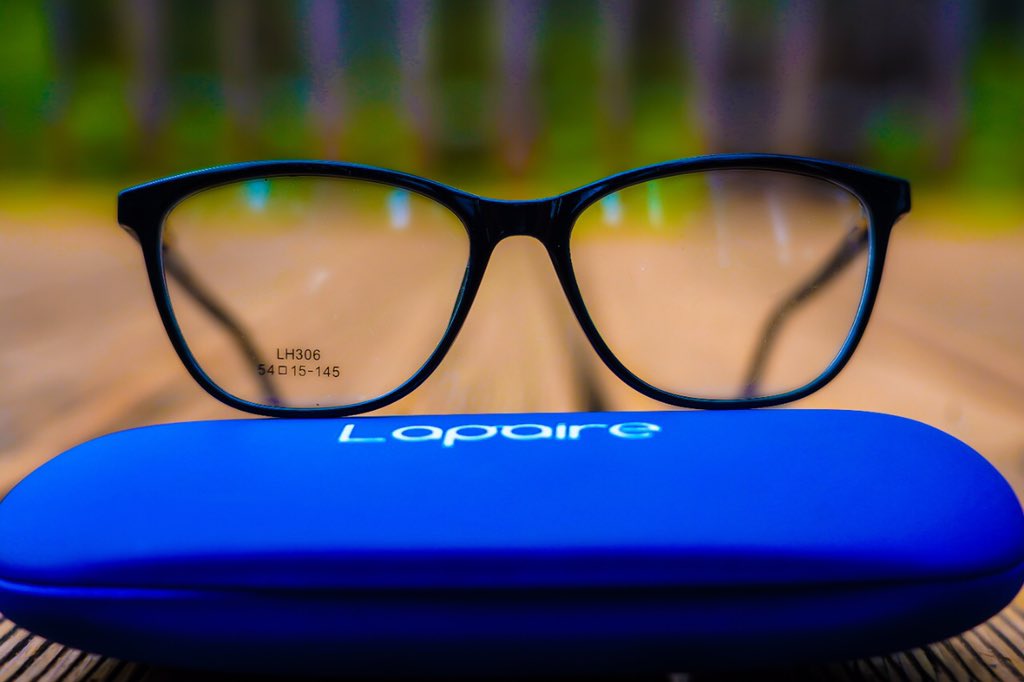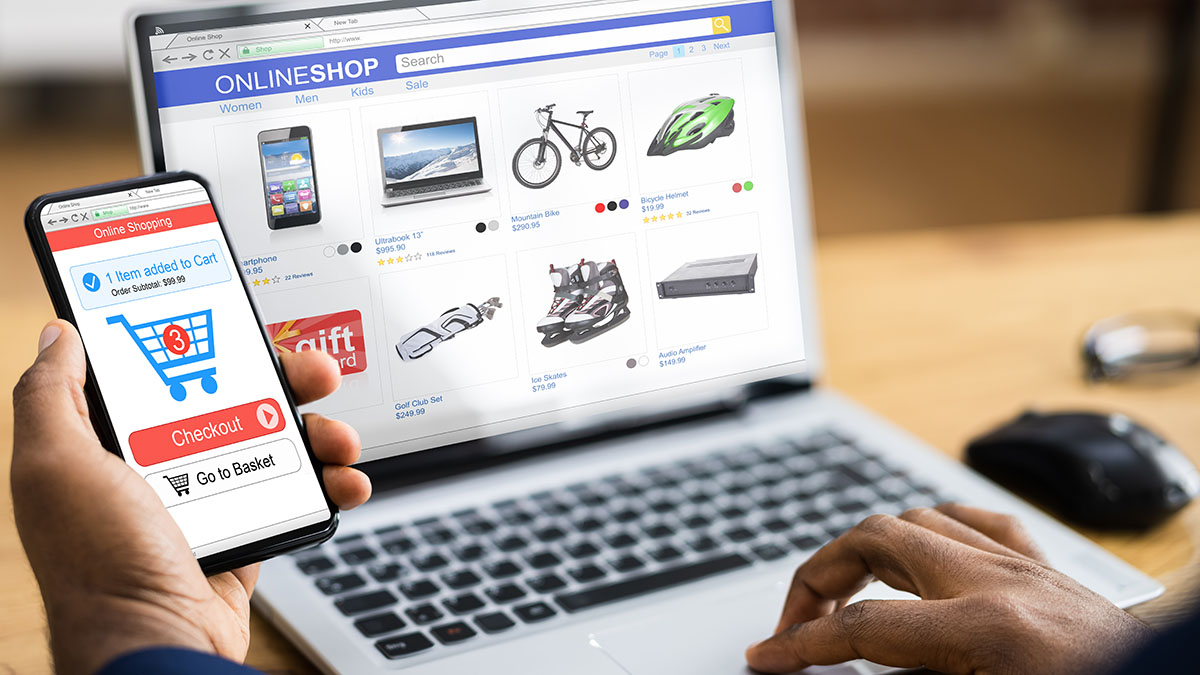Why School Going Children Need Frequent Eyecare

Reading, writing, chalkboard work and using computers are among the visual tasks pupils and students perform daily while at school.
A child’s eyes are constantly in use in the classroom and at play. When one’s vision is not functioning properly due to refraction errors such as myopia, astigmatism or presbitia for instance, both education and sports activities may suffer.
As children are set to resume school this Month, it is safe to say that all of them will want to progress successfully throughout their education therefore demands on their visual abilities will be intense along the year.
Along the educational path, the size of print in textbooks becomes smaller and the amount of time spent reading and studying increases significantly.
Increased workload and homework place significant demands on the child’s eyes and children depend on their vision to function properly so they can learn efficiently and reach their dreams.

Lapaire Group the Pan-African Eye Care provider is set to launch a campaign to sensitize parents and education staff about the well-being of their children’s eyesights by offering free eye tests and 20 percent discount on prescription eyeglasses for every pupil or student during this back to school season. The Special Offer is valid from April 4th to April 18th.
Vision skills needed for Student at school
Diana Langa’t, an Optometrist at Lapaire explained that vision is more than just the ability to see clearly or having 20/20 eyesight. It is also the ability to understand and respond to what is seen. There are many basic visual skills beyond seeing clearly that are important to supporting academic success.
In Kenya a series of research was conductedin 2019 to determine the state of eye health among children in different counties reported by Biomed Central. With 62%, uncorrected refractive error (such as myopia or short-sightedness) was the main cause of presenting visual acuity impairment among children. Amblyopia followed as the second cause of visual impairment with 24% of the sample suffering from it.
Every child needs to have the following vision skills for effective reading and learning, and above all to remain attentive during classes :
- Visual acuity : the ability to see clearly in the distance for viewing the chalkboard, at an intermediate distance for the computer and up close for reading a book.
- Eye Focusing : the ability to quickly and accurately maintain clear vision as the distance from objects change, such as when looking from the chalkboard to a paper on the desk and back. Eye focusing allows the child to easily maintain clear vision over time like when reading a book or writing a report.
- Eye tracking : the ability to keep the eyes on target when looking from one object to another, moving the eyes along a printed page or following a moving object like a thrown ball.
- Eye teaming : the ability to coordinate and use both eyes together when moving the eyes along a printed page, and to be able to judge distances and see depth for classwork and sports.
- Eye-hand coordination : the ability to use visual information to monitor and direct the hands when drawing a picture or trying to hit a ball.
- Visual perception : the ability to organize images on a printed page into letters, words and ideas and to understand and remember what is read.
Other visual perceptual skills include:
- Recognition : the ability to tell the difference between letters like “b” and “d”.
- Comprehension : “picture” in the child’s mind what is happening in a story he/she is reading.
- Retention : remember and recall details of what we read.
If any of these visual skills are lacking or not functioning properly, a child will have to work harder to learn as effectively. Students who struggle with a learning-related vision problem may experience headaches, eyestrain and fatigue. Parents and teachers need to be alert for symptoms that may indicate a child has a vision problem.
Signs of eye and vision problems among children
When certain visual skills have not developed, or are poorly developed, learning is difficult and stressful. A child may not tell you that he or she has a vision problem because they may think the way they see is the way everyone sees. Children will typically attempt to do the work, but with a lowered level of comprehension or efficiency.

Signs that may indicate a child has a vision problem include:
- Complaints of discomfort and fatigue.
- Frequent eye rubbing or blinking.
- Short attention span.
- Avoiding reading and other close activities.
- Frequent headaches.
- Covering one eye.
- Tilting the head to one side.
- Holding reading materials close to the face.
- An eye turning in or out.
- Seeing double.
- Losing place when reading.
- Difficulty remembering what he or she read.
Undetected and untreated, vision problems can elicit some of the very same signs and symptoms commonly attributed to Attention Deficit Hyperactivity Disorder (ADHD), like hyperactivity and distractibility. Due to these similarities, children eliciting these symptoms should have a comprehensive vision exam with their doctor of optometry to avoid misdiagnosis.Loading…
Why Should you get your child’s eyes tested every year before going back to school?
Because vision may change frequently during the school years, your child should receive an eye examination every year, or more frequently if specific problems or risk factors exist, or if recommended by your doctor of optometry. Unfortunately, parents and educators often incorrectly assume that if a child passes a school screening, there is no vision problem.
The most common vision problem in school-aged children is blurry vision or refractive error caused by nearsightedness (myopia), farsightedness (hyperopia) and astigmatism resulting in blurry vision. However, a child who can see clearly and have 20/20 vision can still have a vision problem relating to eye focusing,

eye tracking and eye coordination. In reality, the vision skills needed for successful reading and learning are much more complex.
A vision screening is not a comprehensive exam. Even if a child passes a vision screening, they should receive a comprehensive eye examination. for children’s eye exams in this executive summary. Vision changes can occur without your child or you noticing. The earlier a vision problem is detected and treated, the more likely treatment will be successful. When needed, the doctor can prescribe treatment including eyeglasses, contact lenses, and/or vision therapy to correct vision problems.
Eye care in the Internet age
Screen time among toddlers and young children has increased with time as parents use YouTube and children channels on television to babysit and pacify children.
This means people are exposed to more blue light, which may lead to eye problems later on in life. Moreover, people in the tropics do not wear shades to protect against the sun’s glare. Oliver Mwanko from Lapaire Glasses says trends tend to affect health and correlated lifestyle and may result in preventable eye ailments. While it is easy to notice harmful trends and comment on them, it is much harder to tell when a young child is suffering from a refractive error such as long-sightedness or short-sightedness, whether the issue is inheritance or lifestyle-related.

Abigael Njiru ( A parent to One of Lapaire’s Patient), a mother of a young girl who is currently wearing glasses, says how hard it was to trace exactly what her daughter was ailing from.
“Jessica, my daughter is short-sighted. We did not know this. She used to squint a lot when looking at things and would always move closer to things to see them clearly. She had to sit close to the blackboard, for instance.
She also had a hard time reading, which affected her grades. She had frequent headaches, which could not be attributed to any exact thing. This is when a friend suggested we try to see an optometrist, as eye strain could cause headaches.
After a series of tests, we discovered she had myopia, a refractive error where far objects look blurry. We decided to get her glasses as contact lenses are harder for young children to take care of. The headaches went as she no longer had to strain to see and we are glad we had her eyes checked out in time before her grades were too badly affected,” Abigael shares.
Eye ailments and headaches
Diana Langat, an Optometrist at Lapaire, was part of the team that diagnosed Jessica with short-sightedness. She explains that there are several symptoms people can look out for before going for an eye check-up. If the child has to move closer to something to read it, or if they find either objects near or far from them blurry , (objects that a normal-sighted person should be able to see), frequent headaches, squinting, lack of attention, which stems from illegibility and tiredness, parents should take the child for eye tests to make sure everything is okay. This is important as eye strain tends to make the eye conditions worse. A child needs many abilities to succeed in school and good vision is key.

Lapaire is a Panafrican Eyewear Brand revolutionizing access to eyecare in Africa by giving everyone the chance to see well without breaking the bank. Lapaire takes care of people’s Eyes In Kenya, Uganda, Burkina Faso, Mali, Benin, Togo & Ivory Coast. Lapaire has been in operation in Kenya since 2018 and has 3 branches in Nairobi Westlands, Banda Street in CBD and the Most recent one was opened in Roysambu.





